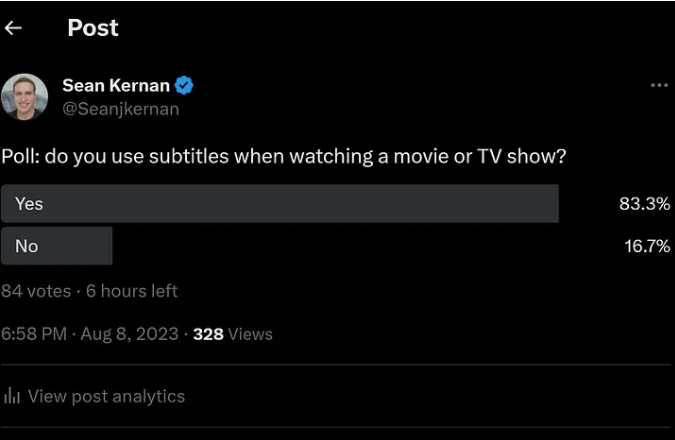“More Screen Time Linked to Delayed Development in Babies, Study Finds.”
Matt Richtel, writing for the New York Times, uses the above headline and opens his article with “One-year-olds exposed to more than four hours of screen time a day experienced developmental delays in communication and problem-solving skills at ages 2 and 4….” The study was published the same day in The Journal of the American Medical Association Pediatrics. Scary, yes?
He goes on to note, “The research also found that 1-year-olds who were exposed to more screen time than their peers showed delays at age 2 in the development of fine motor and personal and social skills.” A bit of good news: “But these delays appeared to dissipate by age 4.”
I went to the actual study, using the link that was provided by The Times. The study does not say that screen time caused the delay. It’s a case of correlation, not causation. The study’s authors said,
“Of the 7097 children in this study, 3674 were boys (51.8%) and 3423 were girls (48.2%)….” and concluded, “In this study, greater screen time for children aged 1 year was associated with developmental delays in communication and problem-solving at ages 2 and 4 years. These findings suggest that domains of developmental delay should be considered separately in future discussions on screen time and child development.”
Compare, if you will, paragraphs 1, 2, and 3 above that tell us what Richtel wrote, with what paragraphs 4 and 5 tell us the study’s actual authors wrote.
I hope you see, as I do, that Richtel is exercising the classic journalistic maxim: “If it bleeds, it leads.” That is to say, his coverage is rather alarmist and pursues the goal of attracting readership, as opposed to dispassionately providing useful information. And I suspect that he lacks a scientific understanding of the difference between correlation and causation.
So please, dear and gentle reader, when you see an article or listen to or watch a mainstream media story that seems to be reporting about some new scientific study, exercise due diligence and consult the source.

